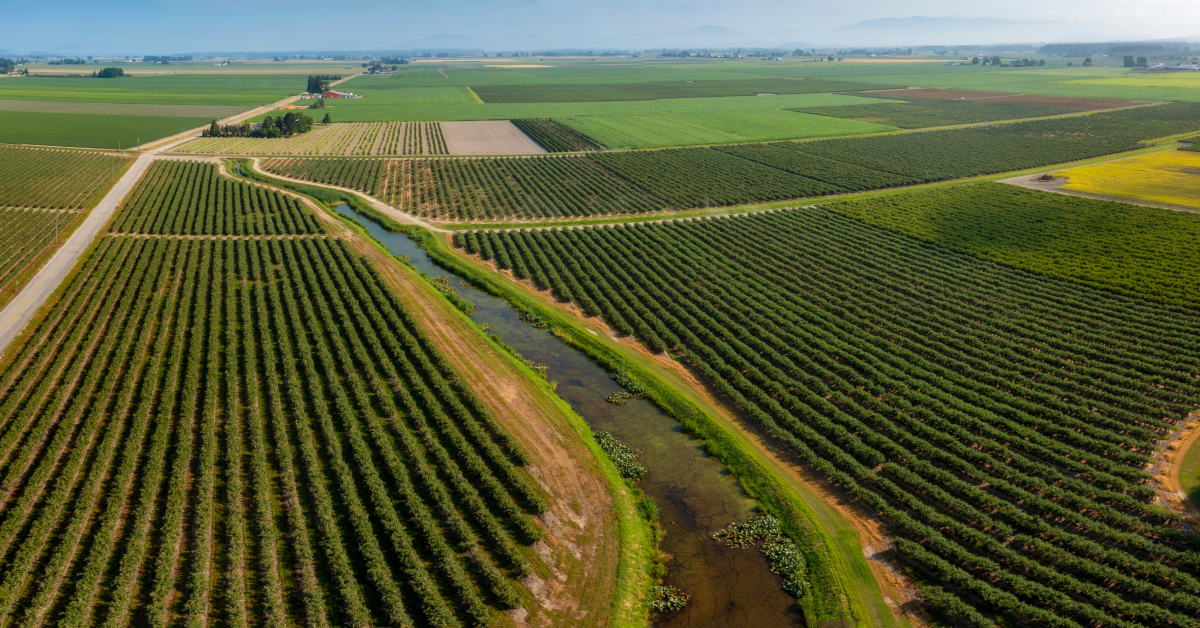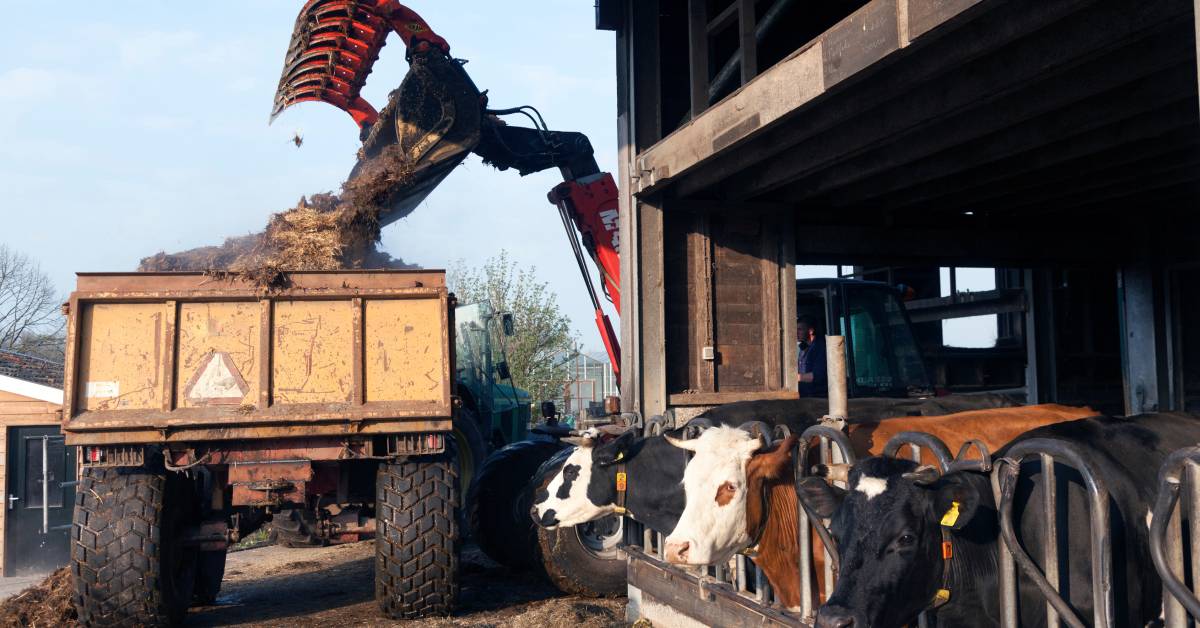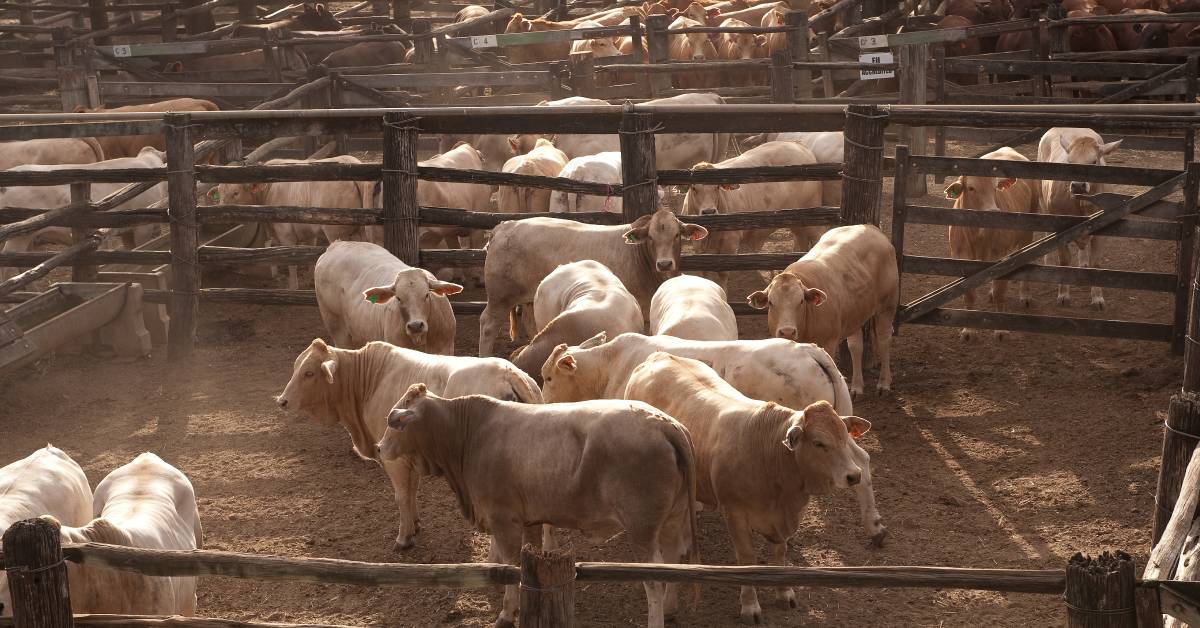Imagine if crops or livestock could be raised on a large scale to generate profits for farmers.
What if there was a smarter way to raise your crops or cattle in a technologically empowered way to maximize production and grow exponentially?
If you are already intrigued, stay tuned to find out exactly how you can profit from your farming on a large scale with Commercial Farming.
What is Commercial Farming?
A method of farming that leverages modern technological and technical inputs to raise cattle or crops on a greater range of production, demand, and variety is known as Commercial Farming. It is also called Commercial Agriculture or Agribusiness.
In Commercial Farming, huge capital is invested in deploying machinery, modern irrigation methods, and protective chemicals such as fertilizers and pesticides.
Crops or cattle that are high in demand and can be exported or are more marketable globally are prioritized.
Types of Commercial Farming
1. Dairy Farming
It is one of the most important commercial farming examples in which animals such as cows, buffaloes, camels, goats, and even donkeys are reared specifically to produce milk, which in turn will be used to produce dairy products on a large scale. Countries such as New Zealand and Ireland have one of the greatest dairy farming industries.
2. Livestock Ranching
In this example of commercial agriculture, farmers rear animals such as cattle, sheep, pigs, and even chickens for their meat products.
Livestock management software plays a crucial role in Livestock Ranching, one of the most important types of commercial farming, since it is the main source of meat produced worldwide.
Some of the greatest commercial farmers in livestock ranching are from the European Union and Brazil.
3. Grain Farming
Grain farming is an example of commercial agriculture that produces grains such as wheat, barley, and corn on a large scale for consumption and export.
This is one of the most intense types of commercial farming involving large investments in terms of capital, land, machinery, and manpower. Commercial farmers in grain farming are extremely occupied during plantation and harvesting seasons.
4. Mediterranean Agriculture
As the name suggests, this type of commercial farming is practiced in Mediterranean Countries such as Greece, Malta, and Cyprus.
These countries provide the optimal environment for the commercial farming of specific products such as figs, grapes, and olives.
In this commercial agriculture, horticulture, processing vegetables and flowers is also managed.
5. Plantation Farming
Historically, this type of commercial farming in America and some colonies involved slavery, where workers were forced to man fields of tobacco, rice, and cotton for mass production and sales. Nowadays, however, plantation farming is still an active commercial agriculture where workers are paid low wages to manage the fields for products such as sugar, rice, and cotton for trade and export.
6. Commercial Gardening and Fruit Farming
This type of commercial farming is used to grow products in high demand, such as cherries, lettuce, apples, and avocados. If you need visuals to accompany information about commercial agriculture, you could source high-quality images from sites like DepositPhotos, which offers a vast collection of stock photos. Another name for this commercial agriculture is truck farming. Some of the most common producers in truck farming commercial agriculture are India, South Africa, and Australia.
7. Mixed Crop and Livestock Farming
In this type of commercial farming, the livestock and crops are grown in the same place, one benefiting the other. The crops become the livestock’s feed, and the animal waste becomes a nutrient for the crops. In commercial farming, crops and animals are focused simultaneously all year round.
Difference Between Subsistence Farming and Commercial Farming
| Subsistence Farming | Commercial Farming |
|
|
|
|
|
|
|
|
|
|
How can Commercial Farming be transformed digitally?
Commercial farming involves an array of tasks such as the selection of optimal breeds and crop qualities, ensuring quality care for the cattle and crops, inspecting and detecting diseases, and creating prevention programs, as well as forecasting production based on an analysis of production trends. Now, what exactly is Farm Management Software, and why do you need it?
Hiring software developers can increase employee engagement by automating numerous tasks and increasing productivity, especially when leveraging generative AI technology services.
Among the top 10 Best Farm Management software in 2024, AgTech is the number one dynamic and free software for farm maintenance.
AgTech cuts down the costs of commercial farming exponentially as production is optimized, manual tasks are performed digitally, and disease, as well as loss of crops, is prevented proactively.
AgTech is revolutionizing the experience of commercial farming in the following ways.
- Farm Maintenance Software provides farmers with a holistic view of day-to-day farm activities and ensures close monitoring.
- Farmers can stay on top of meeting supply demands by managing inventory, equipment conditions, and farm safety conditions with a single Crop Management Software.
- Improve your records’ accuracy.
- Supervise employees and delegate tasks with just a click.
- AgTech Farm management software enables farmers to not just detect illnesses in primitive stages but to also prevent crop or livestock loss.
- Alongside digital farm management tools, commercial farmers are leveraging specialized insurance products to protect their investments. Greenhouse insurance, tailored for controlled environment agriculture, is increasingly seen as a vital component of modern farming risk management.
Visit AgTech Folio3 today and find out the perfect solution for your business!







